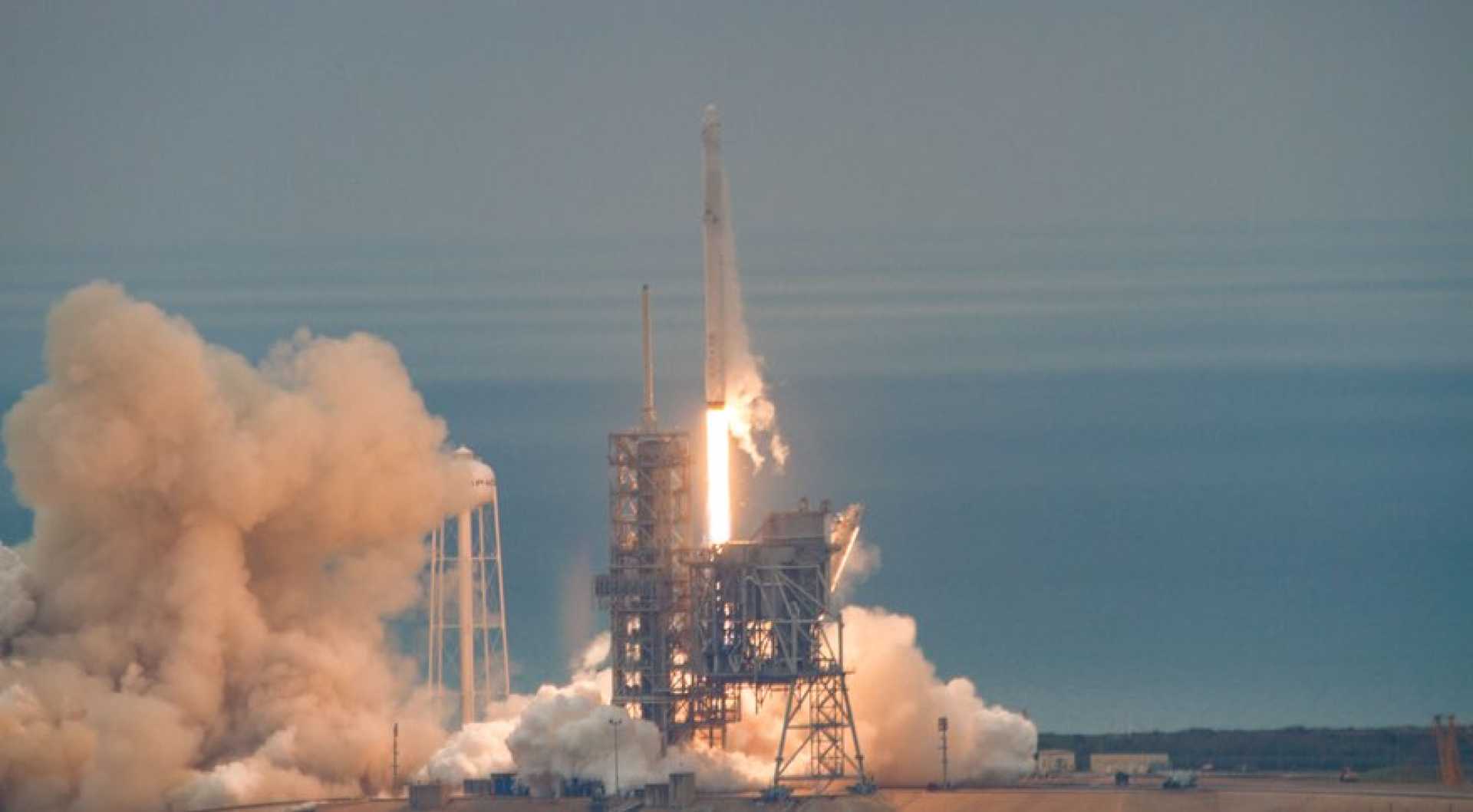News
Historic Fram2 Mission Set to Launch on Unprecedented Polar Orbit

KENNEDY SPACE CENTER, Florida — A historic space mission is poised for launch as SpaceX prepares to send four private astronauts into a polar orbit for the first time in history. The crew, including mission commander Chun Wang of Malta, will lift off aboard a Falcon 9 rocket at 9:46 p.m. EDT on Monday, March 31, from NASA’s Kennedy Space Center.
The Fram2 mission, which underscores a new frontier in human space exploration, features first-time astronauts Jannicke Mikkelsen from Norway, Rabea Rogge from Germany, and Eric Philips from Australia. Their journey will last between three to five days, which involves conducting a series of 22 scientific experiments.
“In addition to bringing the world a new view of the polar regions that are so important to us, we want to share the story and heritage of the Fram ship and show that space is ultimately going to be for all people and nations,” Wang stated in a pre-launch teleconference.
The liftoff will take place within a 4.5-hour launch window, which allows for three backup opportunities if the initial launch is postponed due to weather conditions. The 45th Weather Squadron forecasts a 60 percent chance of favorable conditions at liftoff, increasing to 75 percent as the launch window progresses.
Meteorologists have raised concerns about storm fronts that might affect conditions at the launch site. Launch weather officers mentioned that thick cloud layers could become an issue if precipitation develops during the ascent.
Kiko Dontchev, SpaceX’s vice president of launch, shared that they are facing challenges similar to those experienced during the Polaris Dawn flight last year. “Because this is a free flyer and we are not going to the space station, we not only have to worry about weather at the launch site but also on the ascent track and in the recovery zone,” he said.
The Falcon 9 rocket used in this mission, designated B1085, is set to make its sixth flight. It previously supported the Crew-9 mission in September 2024, marking a significant milestone as the first booster with five prior flights to take astronauts to orbit.
“Interestingly, the closest astronauts have come to flying in a true polar orbit were the original Soviet missions in the 1960s, which only flew to about 65 degrees,” said Jon Edwards, SpaceX’s vice president of Falcon and Dragon, emphasizing the significance of this mission’s trajectory.
The crew will operate SpaceX’s Crew Dragon Resilience spacecraft, which has successfully completed multiple previous crewed missions. Mikkelsen, an award-winning cinematographer, expressed excitement about documenting this historic expedition. “We are embarking on an epic expedition to be the first humans in a polar orbit, the last frontier of human exploration in low Earth orbit,” she said.
During their mission, the crew plans various scientific investigations, including experiments on glucose regulation, mushroom growth, and the effects of microgravity on women’s reproductive health.
Additionally, the astronauts intend to conduct X-ray examinations in space for the first time, which could provide insights into health implications for long-duration space travel. “Taking these X-rays will help us understand bone density loss and muscle wasting experienced by astronauts on the ISS,” Philips shared.
As they await liftoff, the astronauts will also engage with students worldwide by answering questions via recorded videos, furthering educational outreach associated with their mission.
The Fram2 mission represents not only a leap in space exploration but also a unique collaboration among private citizens from diverse backgrounds, highlighting a new era for human space travel.












